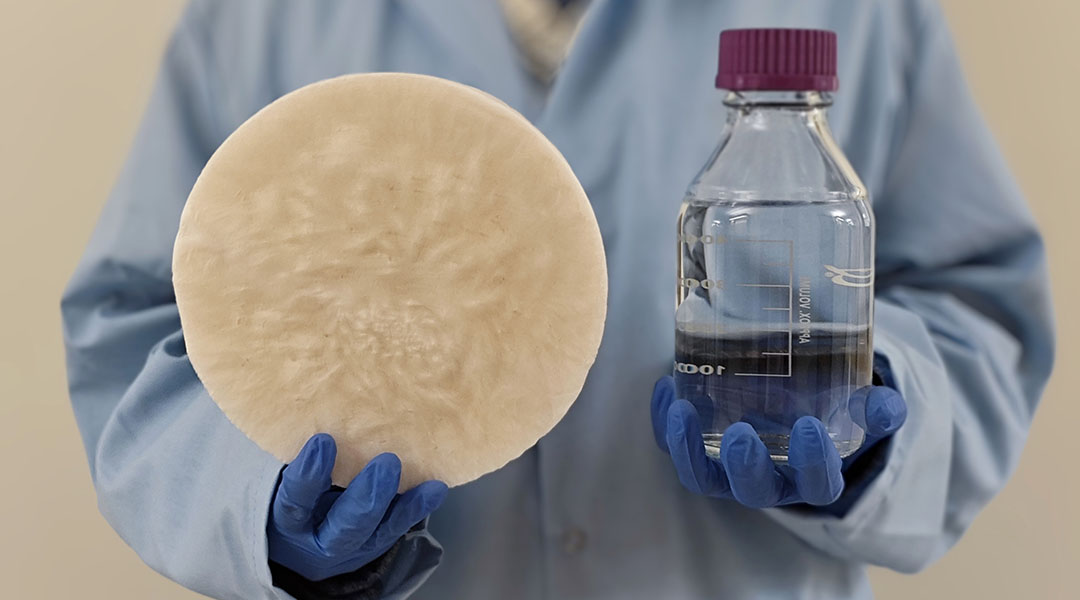Engineers have developed tactile sensors with increased sensitivity, thanks to auxetic mechanical metamaterials.


Engineers have developed tactile sensors with increased sensitivity, thanks to auxetic mechanical metamaterials.

The tradeoff raises concerns about food security, particularly for the Global South.

Scientists created flexible probabilistic bits from custom polymers, offering a new, energy-efficient path for AI and machine learning using classical physics.

A sand-like material can be extracted from seawater by adding carbon dioxide, potentially making the building industry more sustainable.

“We’ve essentially reworked the standard recipe for making organic light emitting diodes, like those found in smartphones.”

Engineered Escherichia coli bacteria could be used to make sustainable biobased plastics.

Researchers have developed efficient catalysts by combining palladium with organic molecules, significantly reducing the cost of hydrogen fuel production.

Computer simulations show that water likely appeared in the Universe much earlier than previously thought.

A new hydrogel extracts water from the air, offering a sustainable alternative to bottled water and addressing global water shortages.

A new rice variety that combines high yield with low methane emissions could help farmers tackle climate change.